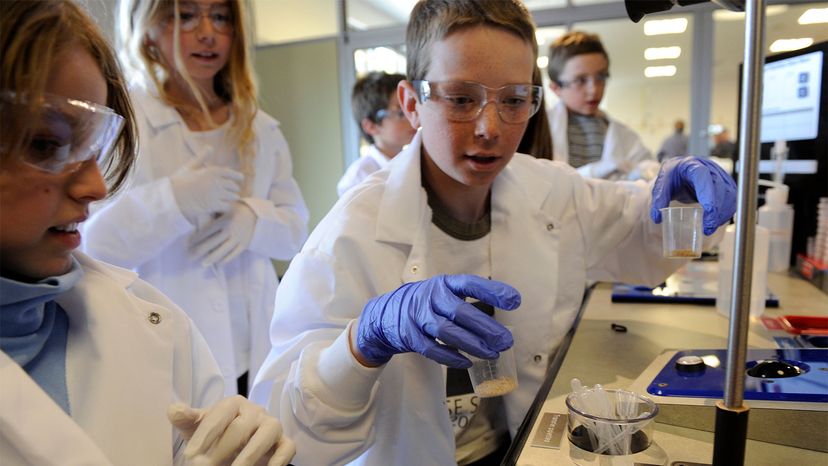Scientific Method Applications

Remember, this is an idealized methodology. Scientists don't sit around with a five-step checklist that they feel obligated to follow. In fact, the process is quite fluid and open to interpretation and modification. One scientist might spend much of his career in the observation stage. Another scientist may never spend a great deal of time designing and running experiments.
Darwin spent nearly 20 years analyzing the data he collected before he acted on it. In fact, much of Darwin's work was an intellectual pursuit, trying to fit the pieces of a puzzle together. And yet no one would argue that his theory of natural selection is less valuable, or less scientific, because he did not stringently follow a five-step process.
Advertisement
It would also be appropriate to mention again that this method is not reserved for highly trained scientists — anyone trying to solve a problem can use it. To illustrate, consider this example: You (or a family member) is driving to the store when the car starts to overheat. The problem is clear in this case, as is the observation (a temperature warning light) that launches the investigation. But what is causing the car to overheat? One hypothesis could be that the thermostat stopped working. Another hypothesis could involve the radiator. Still another could be that the fan belt has broken.
The simplest solution is often a good place to start, and the easiest thing to test in this case is the condition of the fan belt. If you find that the belt is indeed broken, then you can feel pretty confident that it is the source of the problem. However, a test is still required to be sure. The test in this case involves replacing the belt and running the car to see if it overheats. If it doesn't, you can accept your hypothesis about the fan belt. If the belt wasn't broken to begin with, or if the car continues to overheat even after you replace the belt, you'll need to revise your hypothesis.
Perhaps you noticed that the example above didn't contain an "if ... then" hypothesis. You may have also noticed it didn't contain control and experimental groups. That's because day-to-day problem-solving doesn't require such formality. But it does require a logical approach and a progression of thinking that results in a testable hypothesis.
So if anyone can use the scientific method, why has it become so intimately associated with fields like biology, chemistry and physics? Because pure researchers apply the scientific method with a rigor that nonscientists don't. We'll explore why in the next section.